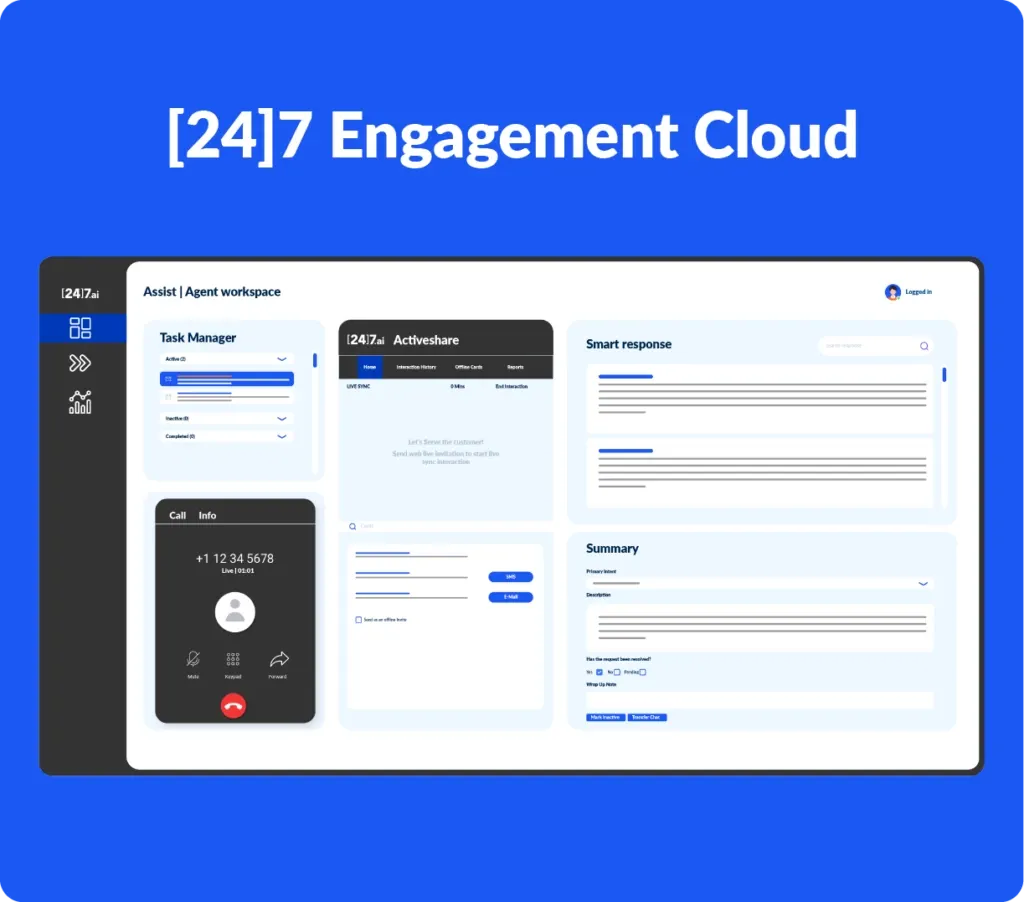Most customer interactions today begin with a digital touchpoint. A bot welcomes you, answers common questions, and helps you track your order or reset a password. It’s fast and convenient. But when the issue is personal or complex, customers expect more. They expect a human response – one that brings empathy, context, and real help.
This is where many brands fall short. In fact, 59% of customers say brands have lost the human touch. And with 70% of CX driven by how people feel, not just what they receive, empathy is a business-critical factor directly tied to performance. Research shows that companies who lead with empathy grow twice as fast and are 50% more profitable than those who don’t. When customers feel heard and understood, they buy more, stay longer, and tell others.
But here’s the deeper insight: empathy isn’t just about what your agents say. It’s about what your systems enable. Are your tools helping agents recognize when a customer is frustrated or understand the urgency behind their outreach? Are they surfacing the right context, like past issues or open tickets? Are they giving agents room to respond like people, or forcing them into scripts that ignore nuance?
Empathy needs the right tools in place. Without that, it stays as a buzzword.
Making Tech and Empathy Work Together
The real opportunity to make your CX work is by combining technology and human expertise in a way that plays to each of their strengths.
Here are four practical moves to do that well:
- Use a tiered approach: Let AI handle simple, high-volume questions like “Where’s my order?” or “How do I reset my password?” But the moment a customer shows frustration or confusion, route them to a human who can read the situation and offer real support.
- Support your agents better: Give your teams the tools they need such as real-time insights, past interactions, and sentiment data, so they’re not starting cold. This helps agents respond faster, but more importantly, with more relevance and care.
- Train smarter: Use AI to train smarter, provide feedback, simulate scenarios, and improve tone and timing. Training shouldn’t just focus on product knowledge. It should develop emotional intelligence and the ability to handle tough conversations with empathy.
- Enable real-time human guidance through co-browsing: Give customers the option to engage digitally while still having a human by their side. With co-browsing and multimodal support, agents can guide users through complex tasks in real time, creating clarity and confidence without forcing the customer to switch channels.
Start With the Customer, Not the System
Many CX programs are built backwards. They start with the tech, then try to fit the customer into it. It should be the other way around. Start with the customer. Understand their needs first. Then design tech that supports those needs, especially during critical moments where trust is at stake.
Customers are more discerning than ever. They know when a bot is talking. And when they’re already frustrated, being trapped in a loop of canned replies only deepens the damage. That’s when brands lose them.
And because acquiring a new customer can cost five to seven times more than retaining an old one, stepping in with the human touch at the right time isn’t just smart. It’s good business.
[24]7.ai’s Approach to Human-Centered Digital CX
At [24]7.ai, we’ve built our CX approach around that balance: technology for speed, empathy for impact. We design systems that let each do what it does best, so customers get help that’s not only fast, but real. Because great customer experience doesn’t come from choosing between tools and people. It comes from knowing how to use both, exactly when they’re needed.







